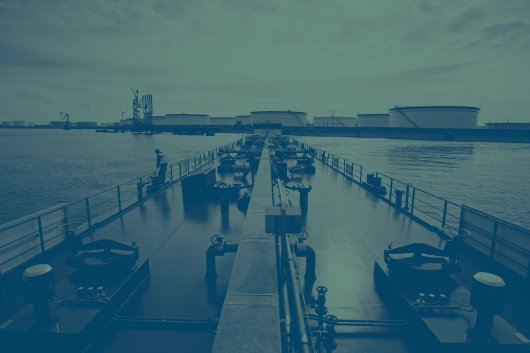Carnival's bunker costs drop 27% in 2016, expects $315m rise next year
Cruise operator expects average bunker price to jump $91 to $374 per tonne in 2017.
Miami-based cruise line operator Carnival Corporation & plc (Carnival), in its financials for the fiscal full year of 2016 - which runs between 1st December and 30th November - reports that fuel costs declined by $334 million, or 26.7 percent, to $915 million, down from $1,249 million the previous year.
The average bunker price paid over the 12-month period was $283 per tonne - a decline of $110, or 28.0 percent, compared with the $393-per-tonne figure recorded in 2015.
Bunker fuel consumption between December 2015 and November 2016 amounted to 3,233,000 tonnes, which was 52,000 tonnes, or 1.6 percent, more than last year (3,181,000 tonnes).
Next year, the cruise operator expects the average bunker price to jump $91 to $374 per tonne. Fuel consumption is forecast at 3,290,000 tonnes. If correct, Carnival's fuel costs in 2017 would therefore rise by $315 million, or 34.4 percent, to $1,230 million.
Bunker-related fourth-quarter figures
In its financials for the fiscal fourth quarter of 2016 - which runs between 1st September and 30th November - Carnival recorded a 5.5 percent increase in bunker costs. Bunker fuel expenses amounted to $267 million (up $14 million, or 5.5 percent), having been $253 million during the corresponding period in 2015.
The company paid an average of $327 per metric tonne in the fourth quarter, which was a rise of 3.5 percent compared with last year's figure of $316 per tonne.
Bunker fuel consumption was 816,000 tonnes - up 14,000 tonnes, or 1.7 percent, on the 802,000 tonnes consumed last year.
2017 forecast
Below is Carnival's fuel price and fuel consumption forecast for 2017.
Full-year 2017 forecast
Fuel price per metric tonne: $374
Fuel consumption (metric tonnes): 3,290,000
First-quarter 2017 forecast
Fuel price per metric tonne: $356
Fuel consumption (metric tonnes): 820,000
Financial results
In its overall results for 2016, Carnival posted a record net income of $2,779 million, compared with $1,757 million during the prior-year period.
Full-year adjusted net income was $2.6 billion, which was higher last year's figure of $2.1 billion.
Net income during the fourth fiscal quarter jumped $339 million, or 125.6 percent, to $609 million.
Commenting on the results, Arnold Donald, Carnival Corporation & plc President and Chief Executive Officer, said: "We achieved the most profitable year in our company's history as well as record fourth quarter earnings. The continued execution of our core strategy to drive consumer demand in excess of measured capacity growth, contain costs and leverage our industry-leading scale resulted in our third consecutive year of significantly higher earnings and return on invested capital. The delivery of over $5 billion in cash from operations for our shareholders enabled increased dividend distributions reaching $1 billion and the investment of over $2.3 billion in the repurchase of Carnival Corporation stock. This continued strong performance is a credit to the outstanding contributions of our 120,000 employees worldwide who work every day to exceed our guests' expectations and our thousands of travel agent partners around the globe whose support is crucial to our success."
First-quarter outlook
First quarter constant currency net revenue yields are expected to be up approximately 1.5 to 2.5 percent compared to the prior year. Net cruise costs excluding fuel per available lower berth day (ALBD) in constant currency for the first quarter of 2017 are expected to be higher by approximately 1.5 to 2.5 percent compared to the prior year. Changes in fuel prices (including realized fuel derivatives) and changes in currency exchange rates compared to prior year are expected to decrease earnings by $0.13 per share. Based on the above factors, the company expects adjusted earnings per share for the first quarter 2017 to be in the range of $0.31 to $0.35 versus 2016 adjusted earnings per share of $0.39.
Outlook - 2017
At this time, cumulative advance bookings for the first three quarters of 2017 are well ahead of the prior year at considerably higher prices. Since September, both booking volumes and prices for the first three quarters of 2017 have been running well ahead of the prior year.
Donald commented: "We enjoyed strong momentum in booking patterns throughout 2016 and therefore are in a stronger booked position entering the new year at higher prices as a result of our ongoing efforts to increase consideration and demand for our brands."
Based on current booking trends, the company expects full year 2017 net revenue yields in constant currency to be up approximately 2.5 percent compared to the prior year. The company expects full year net cruise costs excluding fuel per ALBD in constant currency to be up approximately 1.0 percent compared to the prior year.
As a result of higher fuel prices, forecasted fuel costs for the full year 2017 are expected to increase approximately $200 million (fuel price impact only) compared to the prior year, net of realized fuel derivatives, reducing earnings by $0.27 per share. In addition, unfavourable movements in currency exchange rates are forecasted to reduce earnings by a further $0.16 per share.
Taking the above factors into consideration, the company expects full year 2017 adjusted earnings per share to be in the range of $3.30 to $3.60, compared to 2016 adjusted earnings per share of $3.45.
Donald added: "We are anticipating another solid year of operational improvement in 2017. Despite the unusual and significant impact of fuel and currency working against us simultaneously, the underlying strength in our fundamental business leaves us well positioned to achieve sustained double digit return on invested capital and to create continued value for our shareholders."
The average bunker price paid over the 12-month period was $283 per tonne - a decline of $110, or 28.0 percent, compared with the $393-per-tonne figure recorded in 2015.
Bunker fuel consumption between December 2015 and November 2016 amounted to 3,233,000 tonnes, which was 52,000 tonnes, or 1.6 percent, more than last year (3,181,000 tonnes).
Next year, the cruise operator expects the average bunker price to jump $91 to $374 per tonne. Fuel consumption is forecast at 3,290,000 tonnes. If correct, Carnival's fuel costs in 2017 would therefore rise by $315 million, or 34.4 percent, to $1,230 million.
Bunker-related fourth-quarter figures
In its financials for the fiscal fourth quarter of 2016 - which runs between 1st September and 30th November - Carnival recorded a 5.5 percent increase in bunker costs. Bunker fuel expenses amounted to $267 million (up $14 million, or 5.5 percent), having been $253 million during the corresponding period in 2015.
The company paid an average of $327 per metric tonne in the fourth quarter, which was a rise of 3.5 percent compared with last year's figure of $316 per tonne.
Bunker fuel consumption was 816,000 tonnes - up 14,000 tonnes, or 1.7 percent, on the 802,000 tonnes consumed last year.
2017 forecast
Below is Carnival's fuel price and fuel consumption forecast for 2017.
Full-year 2017 forecast
Fuel price per metric tonne: $374
Fuel consumption (metric tonnes): 3,290,000
First-quarter 2017 forecast
Fuel price per metric tonne: $356
Fuel consumption (metric tonnes): 820,000
Financial results
In its overall results for 2016, Carnival posted a record net income of $2,779 million, compared with $1,757 million during the prior-year period.
Full-year adjusted net income was $2.6 billion, which was higher last year's figure of $2.1 billion.
Net income during the fourth fiscal quarter jumped $339 million, or 125.6 percent, to $609 million.
Commenting on the results, Arnold Donald, Carnival Corporation & plc President and Chief Executive Officer, said: "We achieved the most profitable year in our company's history as well as record fourth quarter earnings. The continued execution of our core strategy to drive consumer demand in excess of measured capacity growth, contain costs and leverage our industry-leading scale resulted in our third consecutive year of significantly higher earnings and return on invested capital. The delivery of over $5 billion in cash from operations for our shareholders enabled increased dividend distributions reaching $1 billion and the investment of over $2.3 billion in the repurchase of Carnival Corporation stock. This continued strong performance is a credit to the outstanding contributions of our 120,000 employees worldwide who work every day to exceed our guests' expectations and our thousands of travel agent partners around the globe whose support is crucial to our success."
First-quarter outlook
First quarter constant currency net revenue yields are expected to be up approximately 1.5 to 2.5 percent compared to the prior year. Net cruise costs excluding fuel per available lower berth day (ALBD) in constant currency for the first quarter of 2017 are expected to be higher by approximately 1.5 to 2.5 percent compared to the prior year. Changes in fuel prices (including realized fuel derivatives) and changes in currency exchange rates compared to prior year are expected to decrease earnings by $0.13 per share. Based on the above factors, the company expects adjusted earnings per share for the first quarter 2017 to be in the range of $0.31 to $0.35 versus 2016 adjusted earnings per share of $0.39.
Outlook - 2017
At this time, cumulative advance bookings for the first three quarters of 2017 are well ahead of the prior year at considerably higher prices. Since September, both booking volumes and prices for the first three quarters of 2017 have been running well ahead of the prior year.
Donald commented: "We enjoyed strong momentum in booking patterns throughout 2016 and therefore are in a stronger booked position entering the new year at higher prices as a result of our ongoing efforts to increase consideration and demand for our brands."
Based on current booking trends, the company expects full year 2017 net revenue yields in constant currency to be up approximately 2.5 percent compared to the prior year. The company expects full year net cruise costs excluding fuel per ALBD in constant currency to be up approximately 1.0 percent compared to the prior year.
As a result of higher fuel prices, forecasted fuel costs for the full year 2017 are expected to increase approximately $200 million (fuel price impact only) compared to the prior year, net of realized fuel derivatives, reducing earnings by $0.27 per share. In addition, unfavourable movements in currency exchange rates are forecasted to reduce earnings by a further $0.16 per share.
Taking the above factors into consideration, the company expects full year 2017 adjusted earnings per share to be in the range of $3.30 to $3.60, compared to 2016 adjusted earnings per share of $3.45.
Donald added: "We are anticipating another solid year of operational improvement in 2017. Despite the unusual and significant impact of fuel and currency working against us simultaneously, the underlying strength in our fundamental business leaves us well positioned to achieve sustained double digit return on invested capital and to create continued value for our shareholders."
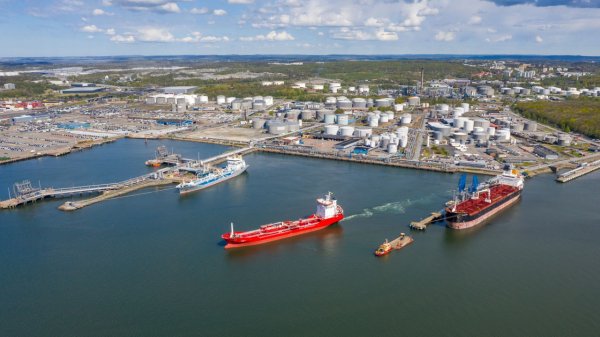
|
Swedish biomethane bunkered in Gothenburg
Test delivery performed by St1 and St1 Biokraft, who aim to become large-scale suppliers. |
|
|
|
||

|
Cockett to be closed down after 45 years
End of an era as shareholders make decision based on 'non-core nature' of Cockett's business. |
|
|
|
||
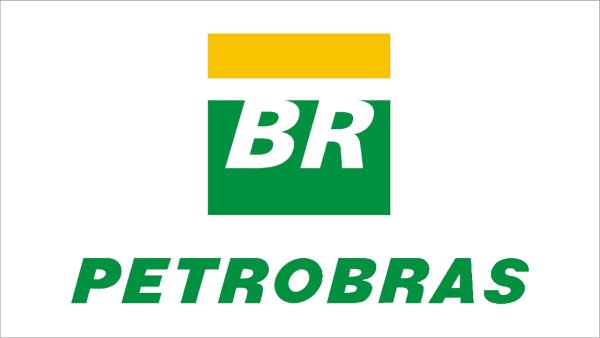
|
Petrobras confirms prompt availability of VLS B24 at Rio Grande
Lead time for barge deliveries currently five days. |
|
|
|
||

|
IMO approves pricing mechanism based on GHG intensity thresholds
Charges to be levied on ships that do not meet yearly GHG fuel intensity reduction targets. |
|
|
|
||
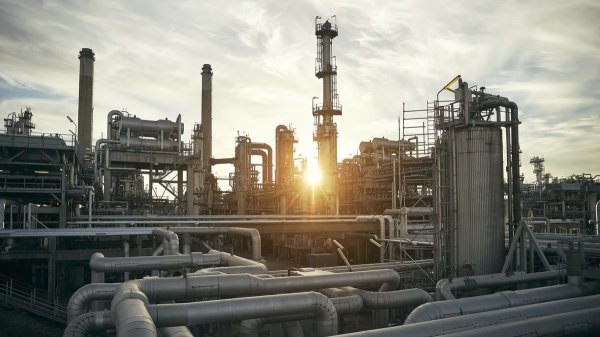
|
VARO Energy expands renewable portfolio with Preem acquisition
All-cash transaction expected to complete in the latter half of 2025. |
|
|
|
||
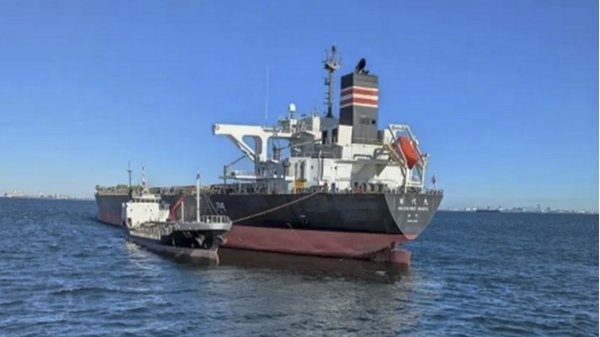
|
NYK trials biofuel in milestone coal carrier test
Vessel is used to test biofuel for domestic utility company. |
|
|
|
||
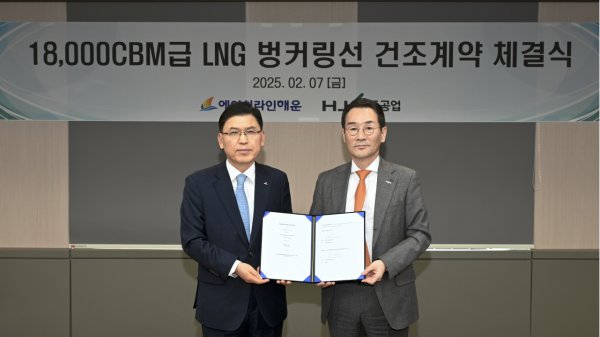
|
H-Line Shipping orders LNG bunkering vessel
Vessel with 18,000-cbm capacity to run on both LNG and MDO. |
|
|
|
||

|
How to engineer and manage green shipping fuels | Stanley George, VPS
Effective management strategies and insights for evolving fuel use. |
|
|
|
||
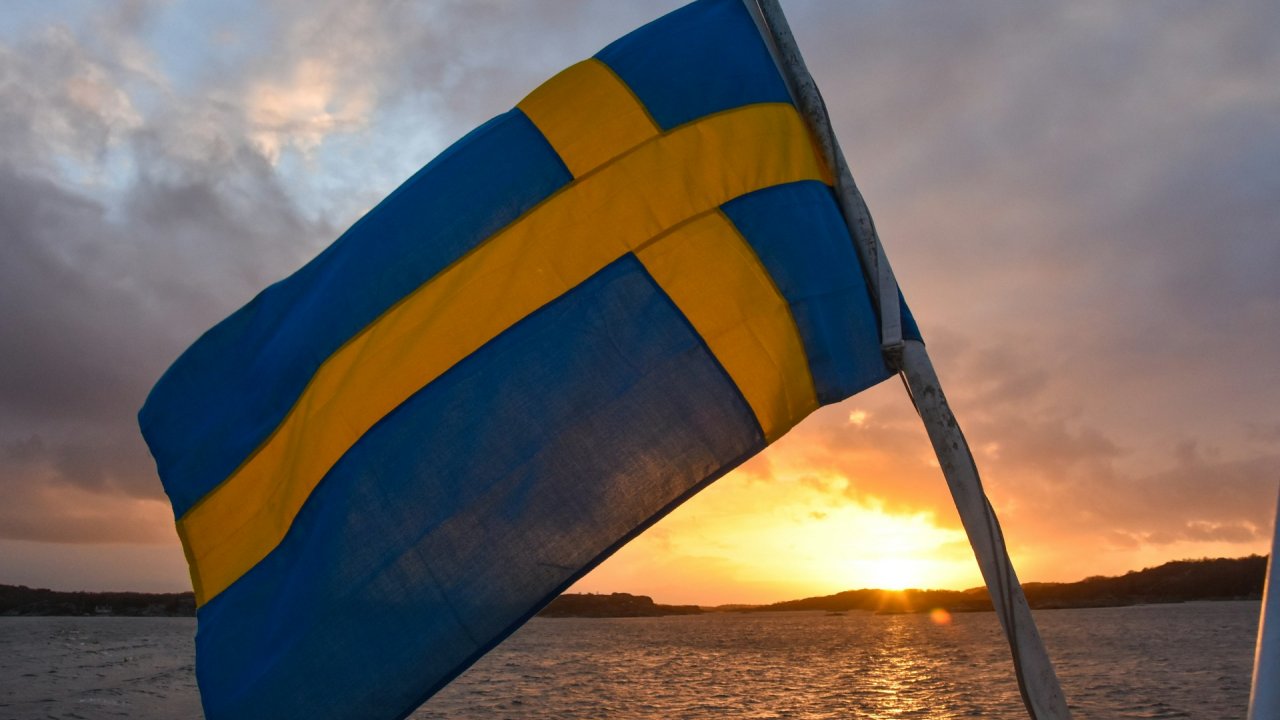
|
Swedish government bans scrubber wastewater discharges
Discharges from open-loop scrubbers to be prohibited in Swedish waters from July 2025. |
|
|
|
||
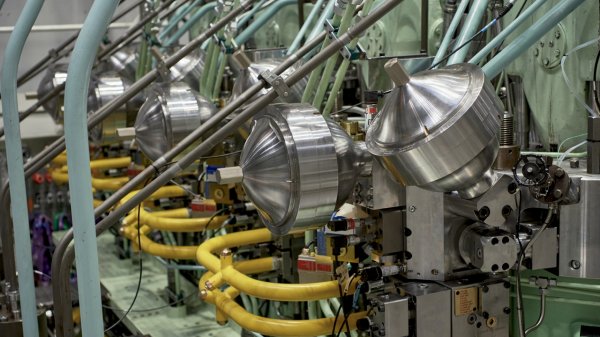
|
MAN Energy Solutions achieves 100% load milestone for ammonia engine
Latest tests validate fuel injection system throughout the entire load curve. |
|
|
|
||
Related Links
- · Carnival's Q3 bunker costs drop 23.2% [Insights]
- · Carnival orders three LNG-powered cruise ships [Insights]
- · Carnival's bunker business at Port Everglades secure until 2030 [Insights]
- · Carnival's Q2 bunker costs plummet 41.4% [Insights]
- · Carnival fined for breaching Sydney's 0.1% sulphur limit [Insights]
- · United States [Directory]

